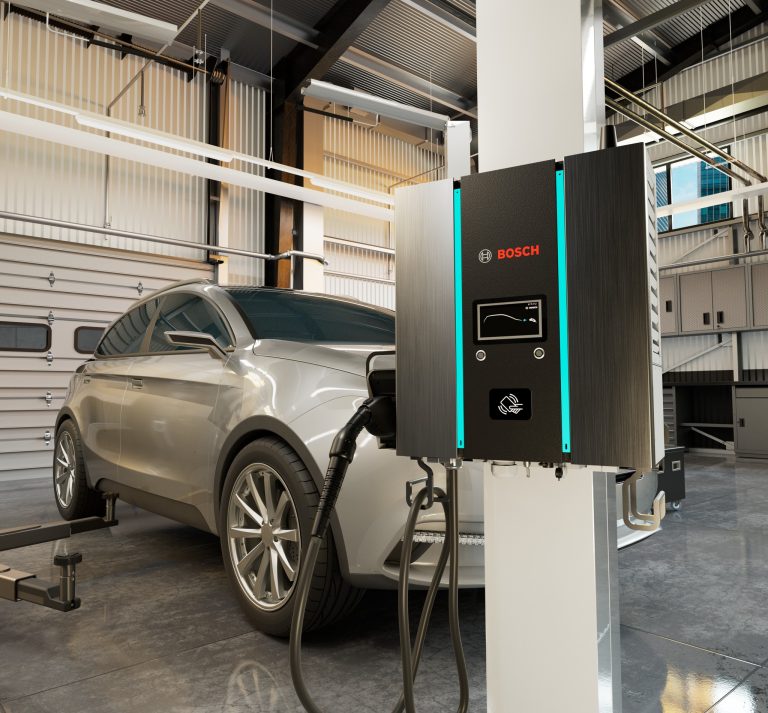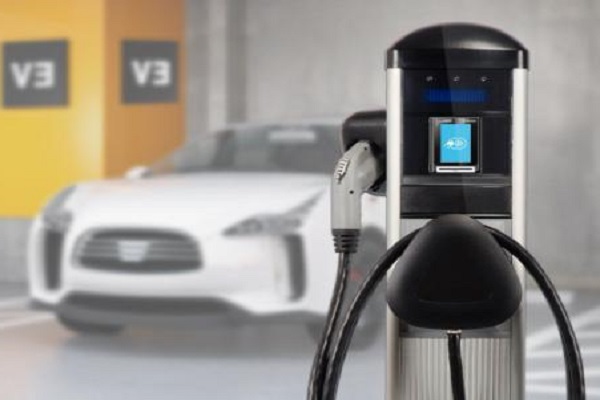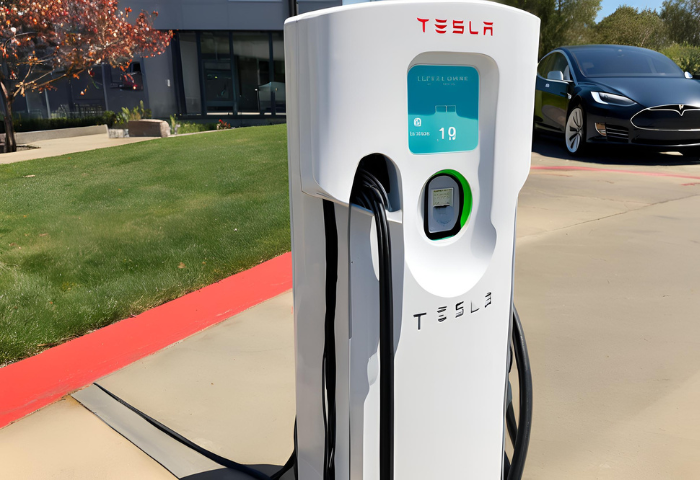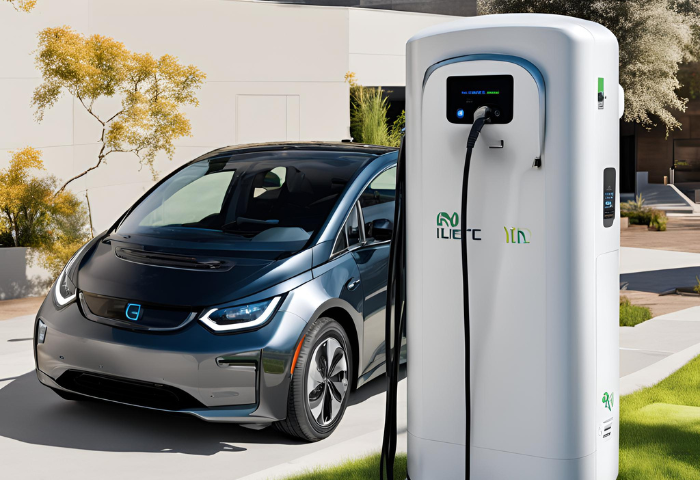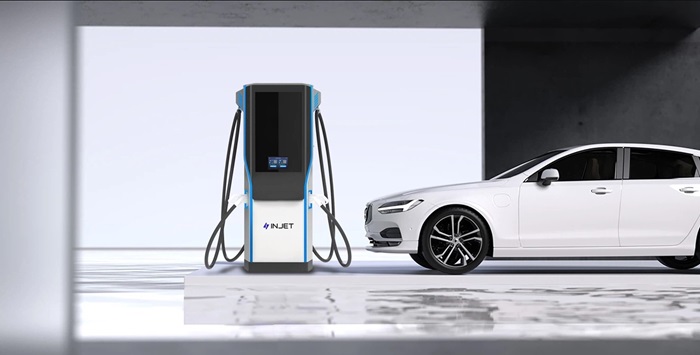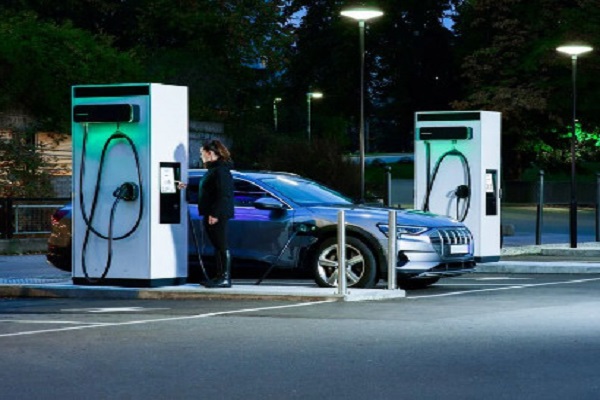level 3 ev charger business
Level 3 EV charging, also known as DC fast charging, is the pinnacle of electric vehicle (EV) charging technology, offering unparalleled speed and convenience. These chargers, predominantly found in public stations along highways and urban areas, drastically reduce the time required to recharge EVs compared to slower methods. They play a vital role in the growing level 3 EV charger business, facilitating rapid recharging and promoting widespread EV adoption.
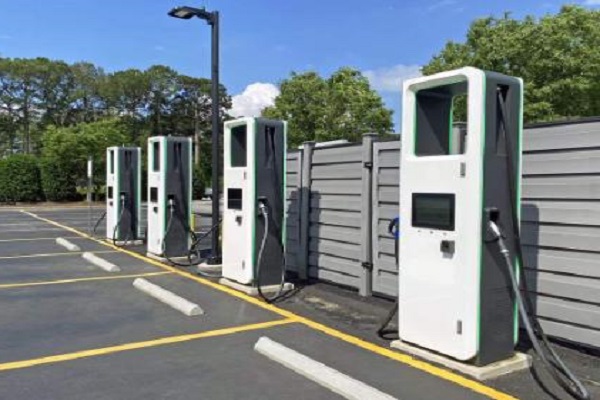
Technologies Behind Fast Charging
Level 3 chargers operate using direct current (DC) instead of alternating current (AC) used by Level 1 and Level 2 chargers. This allows for much higher power delivery directly to the EV’s battery. The key technologies enabling fast charging include:
- High Power Output: Level 3 chargers can deliver power ranging from 50 kW to over 350 kW, enabling rapid charging sessions that can add significant range in a short amount of time.
- DC Charging Standards: Various standards such as CHAdeMO, CCS (Combined Charging System), and Tesla’s proprietary Supercharger network are used for Level 3 charging. These standards dictate the connector type and protocol for communication between the charger and the vehicle.
- Battery Compatibility: EV batteries must be capable of accepting high-power charging without causing damage or excessive heat. Advancements in battery technology have improved the efficiency and safety of fast charging.
Benefits of Level 3 Charging for EV Owners
The adoption of Level 3 charging offers several advantages to EV owners:
- Speed: Level 3 chargers can recharge an EV much faster than Level 1 or Level 2 chargers. A typical Level 3 charging session can provide a significant amount of range in just 20-30 minutes, making long-distance travel more feasible.
- Convenience: Public Level 3 chargers are strategically located along highways and in urban areas, offering convenient access for travelers and city dwellers. This accessibility reduces “range anxiety” associated with longer trips.
- Flexibility: Fast charging enables more flexibility in daily EV use, allowing drivers to top up quickly during stops without needing extended downtime for charging.
- Infrastructure Growth: The expansion of Level 3 charging infrastructure is accelerating, enhancing the overall EV ownership experience and contributing to the broader adoption of electric vehicles.
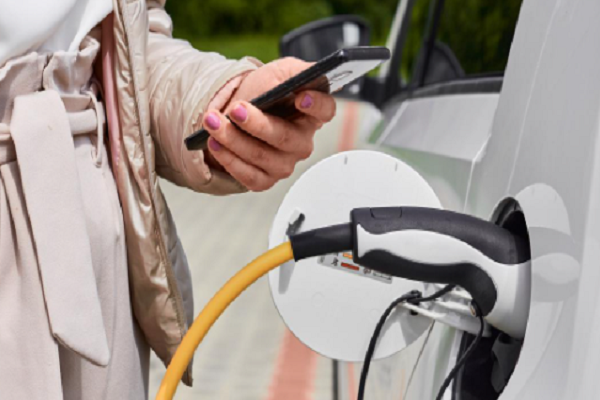
Level 3 EV Charger Business Opportunities: Powering the Future
The surge in electric vehicle (EV) adoption is creating a lucrative market for Level 3 EV charging stations. Let’s explore the business opportunities in this exciting space, from market trends to potential partnerships.
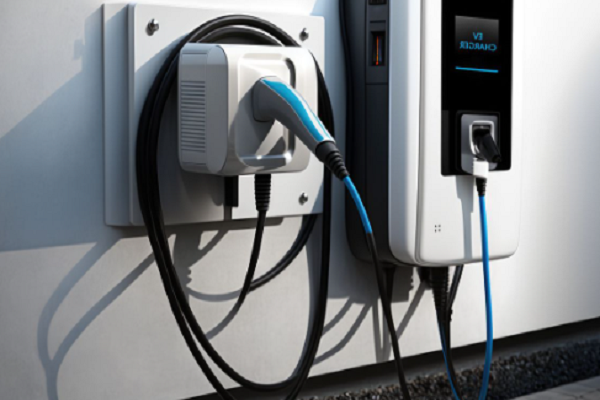
Market on High Voltage: Demand and Growth
- Rising Demand: Consumer preference for EVs coupled with government incentives for clean transportation is fueling a significant demand for fast-charging infrastructure.
- Growth Projections: The Level 3 EV charger market is expected to witness exponential growth in the coming years, driven by increasing EV sales and government investments.
Business Models for Fast Charging Stations
- Pay-Per-Use: The most common model, where drivers pay a fee based on the amount of electricity consumed during charging.
- Subscription Model: Offering monthly or yearly subscriptions for a fixed fee, allowing unlimited charging within the network.
- Value-Added Services: Partnering with retailers or restaurants to offer discounts or amenities to charging customers while their vehicles are plugged in.
Players in the Game: Key Competitors
- Established charging network providers.
- Utility companies venturing into EV charging infrastructure.
- Automobile manufacturers creating branded charging networks.
Investing in the Future: ROI Analysis
- High Initial Investment: Setting up Level 3 charging stations requires a significant upfront cost for equipment and grid upgrades.
- Long-Term ROI Potential: With increasing EV adoption, the potential for high returns on investment over time is promising.
- Factors to Consider: Location, traffic patterns, pricing strategy, and potential government incentives all play a role in determining ROI.
Partnering for Success: Collaborations
- Real Estate Partnerships: Collaborate with property owners like shopping malls, restaurants, or gas stations to install charging stations on their premises.
- Utilities and Power Grid Integration: Partnering with utility companies can ensure efficient grid integration and access to necessary power supplies.
- EV Manufacturers: Collaborations with automakers can create branded charging networks and attract specific customer segments.
Bringing the Power Home: Implementing Level 3 Charging Stations
Level 3 charging stations represent a significant investment, but with careful planning and execution, they can become a profitable venture. Here’s a breakdown of the key steps involved in implementing these powerful charging solutions:
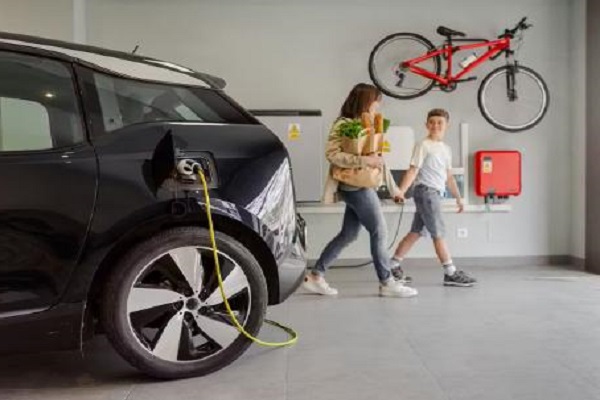
Site Selection and Planning
- Strategic Locations: Focus on high-traffic areas with convenient access for EV drivers, like highways, rest stops, shopping centers, or fleet depots.
- Demand Analysis: Conduct thorough research to assess the existing and projected demand for EV charging in the chosen location.
- Infrastructure Availability: Ensure sufficient electrical capacity at the site to support the high-power demands of Level 3 chargers.
Permitting and Regulatory Compliance
- Navigating the Maze: Obtain necessary permits and approvals from local authorities complying with all electrical safety regulations.
- Understanding Incentives: Research government grants, tax breaks, or other incentives offered to promote EV charging infrastructure development.
Infrastructure and Grid Considerations
- Building the Backbone: Invest in robust electrical infrastructure, including transformers, power lines, and potentially battery storage systems to handle the peak charging loads.
- Grid Integration: Collaborate with utility companies to ensure seamless integration of the charging station into the existing power grid.
Cost Analysis and Budget Planning
- Crunch the Numbers: Factor in equipment costs, installation fees, grid upgrades, ongoing maintenance, and operational expenses to create a realistic budget.
- Financial Modeling: Develop financial models to assess potential revenue streams, payback periods, and return on investment (ROI).
Consumer Education and Engagement Strategies
- Spreading the Word: Educate the public about the benefits of Level 3 charging and the locations of your stations. Utilize digital signage, mobile apps, and partnerships with EV advocacy groups.
- User-Friendly Experience: Invest in user-friendly interfaces for the charging stations, offering clear instructions and multiple payment options.
Navigating the Charge: Policies and Regulations for Level 3 EV Charging
The world of Level 3 EV charging is not just about technology and business models – it’s also heavily influenced by policies and regulations. Here’s a look at the key factors shaping this dynamic landscape:
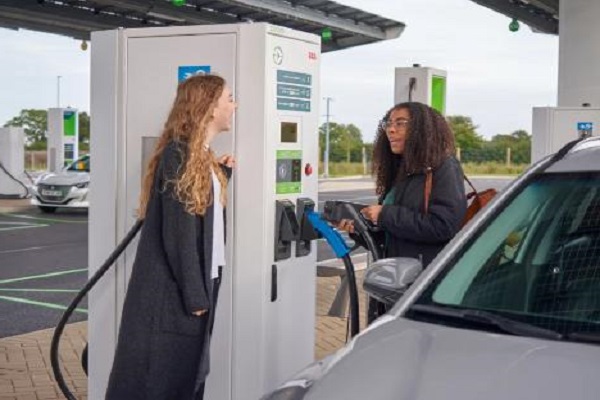
International Standards and Protocols:
- Ensuring Interoperability: Standardized protocols like CCS (Combined Charging System) or CHAdeMO ensure compatibility between different EV models and charging stations, preventing a fragmented market.
- Safety First: International safety regulations like IEC (International Electrotechnical Commission) standards guarantee the safe operation of Level 3 charging equipment.
Government Incentives and Subsidies
- Driving Adoption: Many governments offer financial incentives like tax breaks, grants, or rebates to encourage the installation of Level 3 charging stations.
- Consumer Benefits: Some policies may provide subsidies for EV owners who utilize Level 3 chargers, making fast charging more affordable.
Environmental Regulations and Compliance
- Promoting Sustainability: Regulations may focus on using renewable energy sources to power Level 3 charging stations, aligning with clean energy goals.
- Emission Reduction: Policies might incentivize charging practices that minimize grid strain during peak hours, contributing to overall emission reduction.
Privacy and Data Security in EV Charging
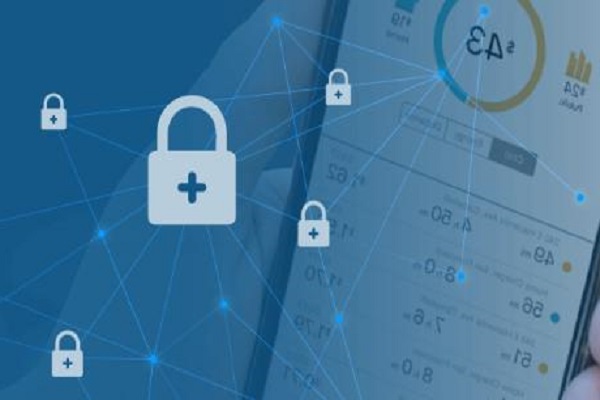
- Protecting User Data: Regulations are emerging to address data security concerns related to user information collected during charging sessions, ensuring user privacy.
- Transparency in Data Usage: Policies might mandate transparency from charging network operators regarding how user data is collected, stored, and utilized.
Future Trends in Policy and Regulation
- Focus on Smart Charging: Expect regulations to promote smart charging practices that optimize grid utilization and integrate with renewable energy sources.
- Evolving Regulatory Landscape: As EV technology and charging infrastructure continue to develop, regulations will likely adapt to address new challenges and opportunities.
Power Up Your Marketing: Strategies for Level 3 EV Charging Businesses
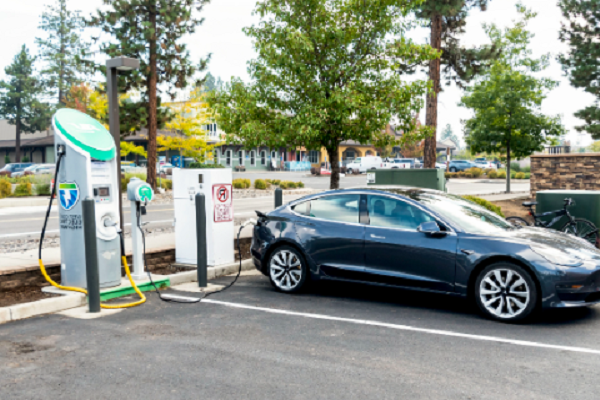
In a competitive market, a well-defined marketing strategy is crucial for Level 3 EV charging businesses to stand out. Here’s how to attract customers and establish your brand in the electric mobility landscape:
Knowing Your Audience: Target Markets and Consumer Segments
- Early Adopters: Tech-savvy EV enthusiasts who prioritize fast charging capabilities.
- Long-Distance Travelers: Drivers who frequently embark on road trips and require quick charging options.
- Fleet Operators: Businesses with electric fleets seeking efficient charging solutions for their vehicles.
- Environmentally Conscious Consumers: Individuals who value sustainability and eco-friendly transportation practices.
Building Your Brand: Positioning for Charging Stations
- Highlight Speed and Convenience: Emphasize the rapid charging times offered by Level 3 stations, addressing range anxiety for EV drivers.
- Focus on Reliability and Uptime: Guarantee consistent performance and functionality of your charging stations to build trust with customers.
- Differentiate with Amenities: Offer additional services like Wi-Fi, convenience stores, or partnerships with restaurants to enhance the charging experience.

Mastering the Digital World: Strategies for Online Marketing
- Search Engine Optimization (SEO): Optimize your website and online listings to ensure high visibility in search results for “Level 3 EV charging near me.”
- Social Media Marketing: Engage with potential customers on social media platforms, sharing informative content about EV charging and showcasing your stations.
- Mobile App Development: Create a user-friendly mobile app allowing customers to locate stations, check availability, initiate charging sessions, and make payments.
- Targeted Advertising: Utilize online advertising platforms to reach your target audience with relevant messaging based on demographics and location.
- Partnerships and Collaborations: Partner with EV advocacy groups, auto dealerships, or travel apps to gain wider exposure and attract new customers.

Henry Michael is a leading expert in EV charging station research, specializing in innovative solutions for electric vehicle infrastructure. With a passion for sustainability and technological advancement, he is dedicated to advancing the accessibility and efficiency of EV charging worldwide.

